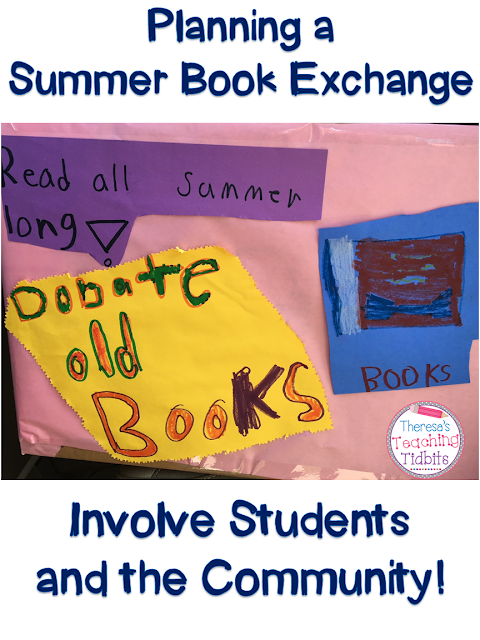Teaching Poetry With Parts of Speech
I was sitting outside today enjoying the lovely Spring weather after a week of rain (and even a little snow last weekend). It inspired a poem and a teaching idea that I thought I'd share.
This is a great time of year to get your students outside. There are so many ideas to be found in the newness of spring! It's also a great time to write some poetry - Happy Poetry Month! Finally, as state testing season is upon us, you might want an easy and fun way to review parts of speech.
Getting Ready
Start by having your students make a three-column chart. Label the columns, Nouns, Verbs, and Adjectives (or distribute this downloadable printable). Review the parts of speech and make sure your students understand the differences between them.
Head Outside
Find a nice area where all students can sit outside your school building. You might want to let them know in advance to bring in a towel or mat to sit on that day. Spend a short time reviewing using the five senses for observation. Bring their attention to some of the things they can see, hear, smell, and touch. (Remind them that it's not a good idea to taste anything!)
Record Observations
Encourage students to record their observations by jotting down nouns, verbs, and adjectives on their three-column charts. Ask them to make sure they are recording what they can see, hear, smell, and feel.
Read Mentor Poems
This step can come before, during, and/or after the observation activity. A few of the poems I love to share are Langston Hughes' April Rain Song, Mary Howitt's The Voice of Spring, Diane Murray's Silly Tilly's Garden, George Cooper's The Beautiful Spring, and Nature's Way by Heidi Campbell. I recommend sharing a variety of poems, both rhyming and non-rhyming, so that students understand that poetry is not just one thing.
Here's the poem I wrote today:
Feel free to share it with your students.Write!
Ask your students to use the words from their three-column chart to compose a poem about Spring. Encourage creativity. Remind them that poems can rhyme, but do not have to. If you've introduced them to different forms of poetry (Haiku, Cinquain, Free-verse, Acrostic, etc.), encourage them to choose a form they feel comfortable with, or conversely, encourage them to step out of their comfort zones. You know your class best, so choose the best way to get them to write.
Revise
Tell students that the best poems are revised many times. Encourage the use of a thesaurus, rhyming dictionary, or other resources. Ask students to read their poems out loud to themselves and others to find errors in rhythm or syntax. Let students know that the process of writing poems can and should be messy.
Publish and Share
Allow time for students to share their poems, either by publishing and displaying or by sharing out loud. Nothing works better to encourage students to write more poetry!
I hope you and your students enjoy this activity!
If you would like to use more poetry in the classroom, check out my Spring Poems and Activities. It's available in my TpT store.
Have a glorious Spring!
Theresa










































